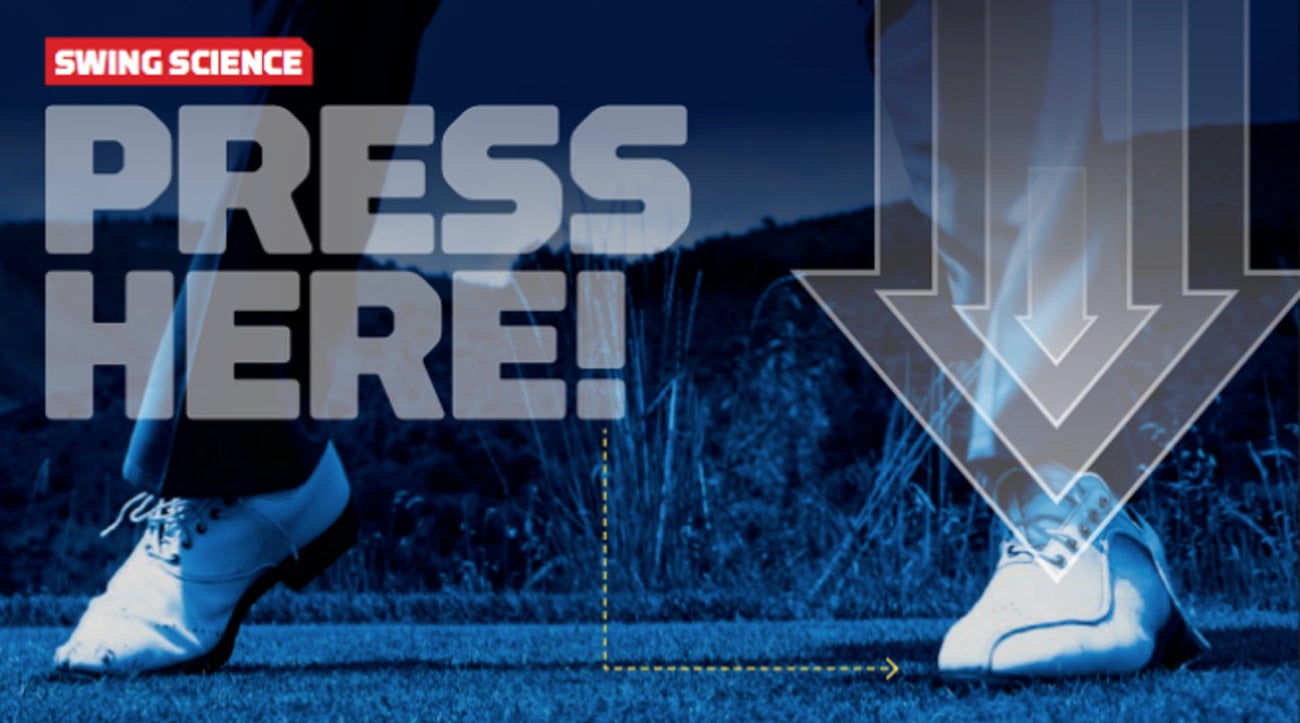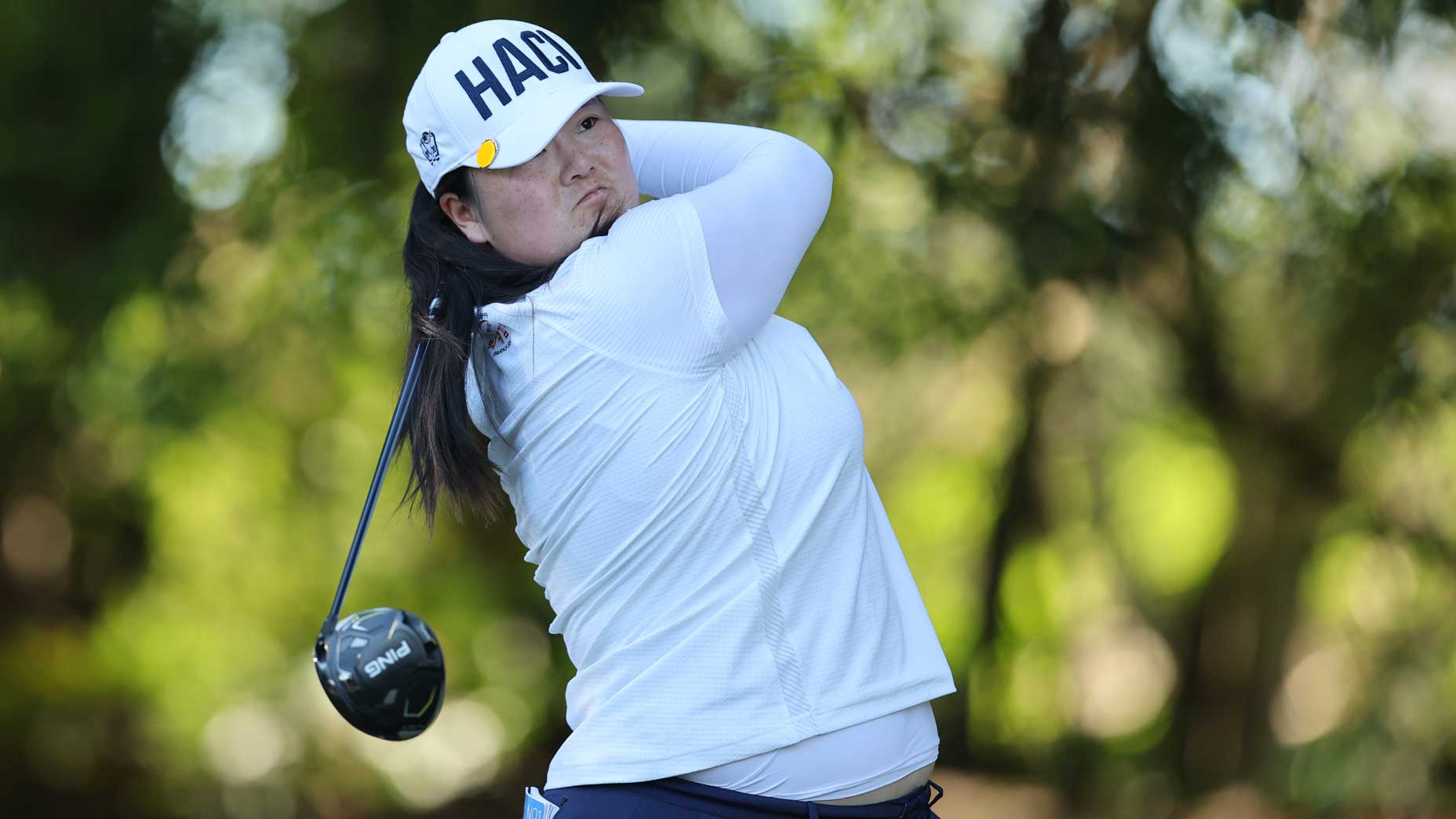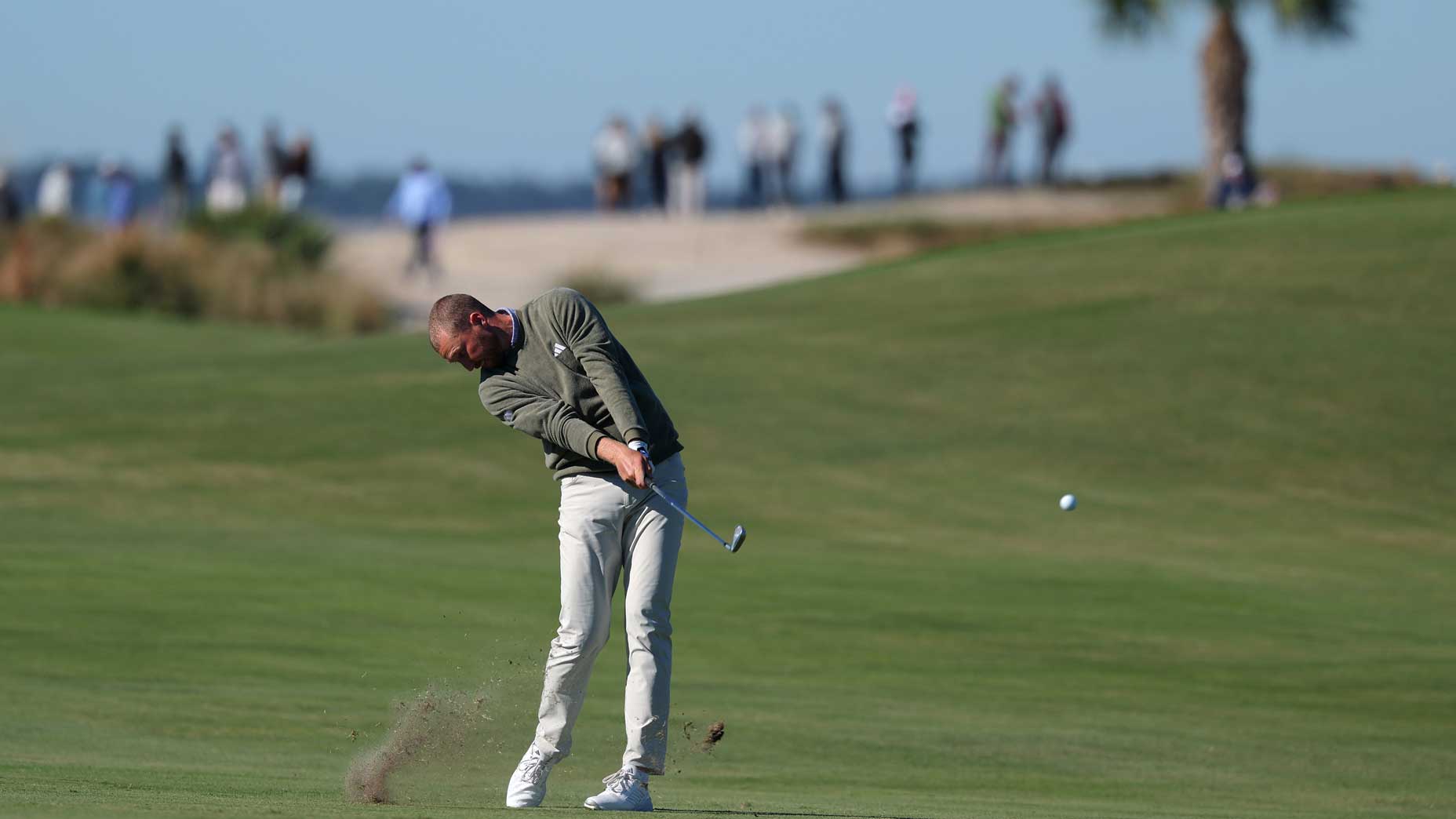To help boost their swing speed, an increasing number of elite players are changing the way they interact with the ground.
Properly leveraging the turf by pushing off with the correct foot at the correct time has been proven throughout the golf-research community to supersize any downswing in a heartbeat. By most accounts, increasing the vertical force under the lead foot (i.e., “launching” upward) at or near impact is the modern ideal for maximizing speed. Yet there are plenty of power players—take Justin Thomas and his 305.3-yard average, for example—who exert more force under the right foot than the left as the club makes contact with the ball.

A recent study by sports biomechanist Sasho MacKenzie, Ph.D. should clear the air. In his lab, Dr. MacKenzie captured the average clubhead speed of 40 players (handicaps +2 to 20) over 28 swings each. Simultaneously, he measured the average vertical force generated under the lead foot when the shaft reached perpendicular to the ground on the downswing. In reviewing the results, Dr. MacKenzie noticed a near-linear relationship between both variables (chart, below). “What we found,” he reports, “is that the greater the vertical force under the lead foot when the shaft is perpendicular to the ground, the faster the club moves.”
Dr. MacKenzie’s study proves that pressuring the ground with your lead foot to redline speed happens much earlier than previously thought. “You can’t wait for impact,” says Dr. MacKenzie. “By that time, it’s too late.” He recommends pushing vertically through your front foot just after your hips set your downswing in motion. (Rory McIlroy’s an expert at this.)
“It’s not a massive amount of force,” he adds. “Generating just 1.5 times your body weight at this key point — about what you experience when you land on each foot while jogging — is sufficient. “Squatting into your left leg as you start down should help generate enough force to rip it past your buddies.”







